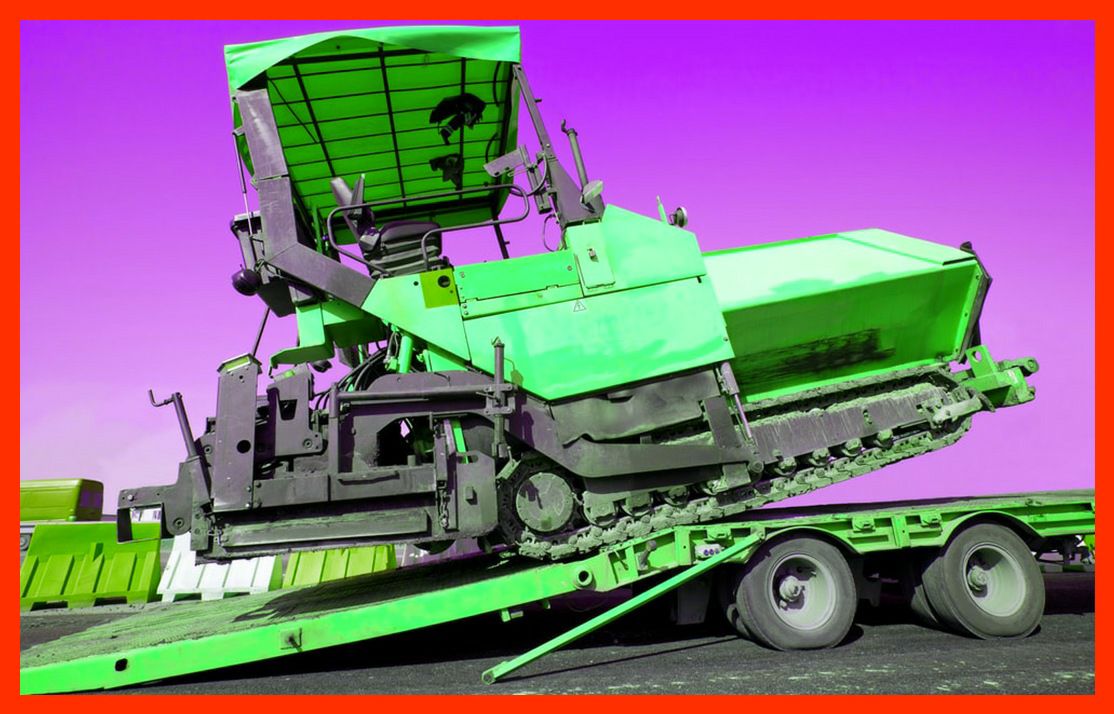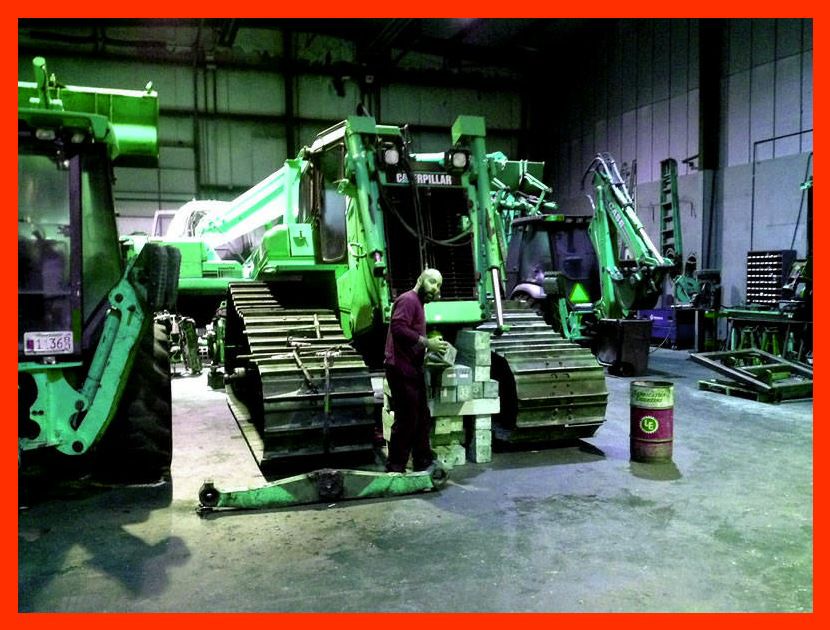
Transporting Heavy Equipment Safely and Efficiently
In the world of petrochemical engineering, the need to transport heavy equipment safely and efficiently is paramount. Petrochemical facilities rely on the seamless movement of specialized machinery and materials to maintain their operations. This article delves into the intricacies of heavy equipment transport within the petrochemical industry, providing a comprehensive guide to ensure smooth logistics and minimize downtime.

Understanding the Challenges
Transporting heavy equipment in the petrochemical sector poses unique challenges due to the size, weight, and sensitivity of the machinery involved. Key factors that must be considered include:
1. Equipment Size and Weight
Petrochemical equipment is often massive and heavy. This necessitates specialized transport solutions capable of handling the substantial dimensions and weight of the machinery.
2. Safety Regulations and Compliance
Strict safety regulations govern the transport of heavy equipment in the petrochemical industry. Non-compliance can lead to accidents, environmental damage, and costly legal issues.
3. Route Planning
Selecting the optimal transport route is critical. Factors like road conditions, bridges, and clearance heights must be carefully assessed to avoid obstacles and delays.
4. Equipment Protection
To prevent damage during transit, heavy equipment needs to be adequately protected against vibrations, shocks, and external elements.
Choosing the Right Transport Methods
Efficient heavy equipment transport requires careful consideration of the available methods. The petrochemical industry typically utilizes the following options:
1. Flatbed Trucks
Flatbed trucks are a common choice for transporting heavy equipment. They offer versatility and are suitable for short to medium-distance hauls.
2. Specialized Transporters
For exceptionally large and heavy equipment, specialized transporters like modular trailers and self-propelled modular transporters (SPMTs) are employed. These vehicles can handle extraordinary weights and sizes.
3. Rail Transport
Rail transport is a reliable option for long-distance moves. It provides stability and minimizes road congestion.
Ensuring Safety and Compliance
Safety and compliance are non-negotiable in petrochemical heavy equipment transport. To guarantee the highest standards, consider the following:
1. Rigorous Inspection
Before any transport, conduct a thorough inspection of the equipment to identify and address potential safety hazards.
2. Proper Documentation
Maintain meticulous records of all transport-related activities, including permits, licenses, and safety assessments.
3. Driver Training
Drivers must receive specialized training in handling heavy equipment, ensuring they understand the unique challenges involved.
Minimizing Downtime
Reducing downtime during heavy equipment transport is crucial for the petrochemical industry. To achieve this, employ the following strategies:
1. Just-in-Time Transport
Plan the transport schedule to coincide with the exact time the equipment is needed, minimizing idle time.
2. Night Transport
Transporting heavy equipment during non-peak hours, such as at night, can reduce road congestion and shorten travel times.
3. Route Optimization
Use advanced route planning software to identify the most efficient path, considering traffic patterns and road conditions.



